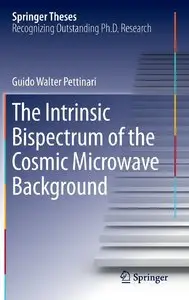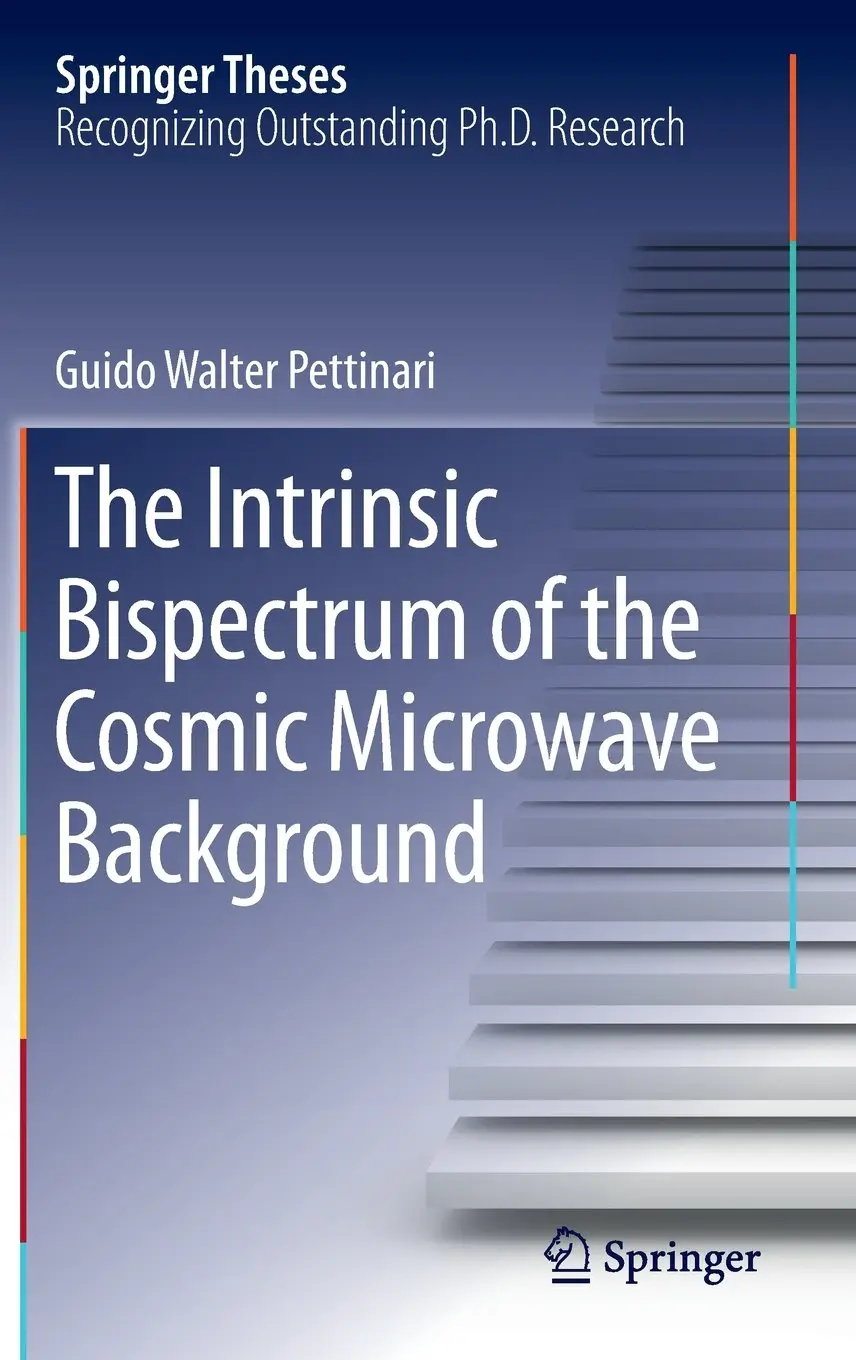The Intrinsic Bispectrum of the Cosmic Microwave Background
Springer | Physics | September 28, 2015 | ISBN-10: 3319218816 | 263 pages | pdf | 4.7 mb
Springer | Physics | September 28, 2015 | ISBN-10: 3319218816 | 263 pages | pdf | 4.7 mb
by Guido Walter Pettinari (Author)
Presents and explains cutting edge research in the very active field of cosmic microwave background studies
Quantifies the observational power of the CMB bispectrum to constrain the physics of the early Universe
Provides information which will be relevant for the design of future space and ground-based cosmology experiments
Winner of the Michael Penston Prize for 2014 given by the Royal Astronomical Society for the best doctoral thesis in Astronomy or Astrophysics
From the Back Cover
Nominated as an outstanding thesis by Professor Robert Crittenden of the Institute of Cosmology and Gravitation in Portsmouth, and winner of the Michael Penston Prize for 2014 given by the Royal Astronomical Society for the best doctoral thesis in Astronomy or Astrophysics, this work aims to shed light on one of the most important probes of the early Universe: the bispectrum of the cosmic microwave background.
The CMB bispectrum is a potential window on exciting new physics, as it is sensitive to the non-Gaussian features in the primordial fluctuations, the same fluctuations that evolved into today’s planets, stars and galaxies. However, this invaluable information is potentially screened, as not all of the observed non-Gaussianity is of primordial origin. Indeed, a bispectrum arises even for perfectly Gaussian initial conditions due to non-linear dynamics, such as CMB photons scattering off free electrons and propagating in an inhomogeneous Universe. Dr. Pettinari introduces the reader to this intrinsic bispectrum in a pedagogic way, building up from the standard model of cosmology and from cosmological perturbation theory, the tool cosmologists use to unravel the history of the cosmos. In doing so, he introduces SONG, a new and efficient code for solving the second-order Einstein and Boltzmann equations. Next, he moves on to answer the crucial question: is the intrinsic bispectrum going to screen the primordial signal in the CMB? Using SONG, he computes the intrinsic bispectrum and shows how its contamination leads to a small bias in the estimates of primordial non-Gaussianity, a great news for the prospect of using CMB data to probe primordial non-Gaussianity.
About the Author
Guido Walter Pettinari is a post-doctoral research assistant at the University of Sussex. He obtained his Ph.D. in cosmology at the University of Portsmouth, after graduating with his Masters in particle physics in Bologna. The aim of Guido’s current research is to shed light on the physics of the early Universe, soon after the Big Bang, by means of the observed cosmic microwave background. Guido has published in various peer-reviewed journals and has been invited to give seminars in many universities across Europe.
Number of Illustrations and Tables
2 illus., 19 in colour
Topics
Cosmology
Classical and Quantum Gravitation, Relativity Theory



